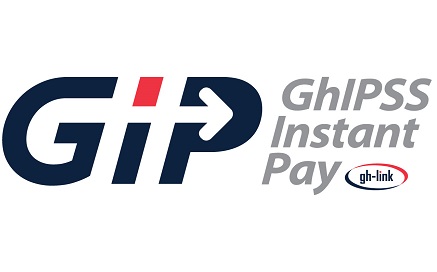Customers’ confidence in real-time payments rising - GhIPSS
 Public preference for real-time payments is fast rising, the first-quarter industry performance released by the Ghana Interbank Payment and Settlement Systems (GhIPSS), has shown. The figures show very high growth in both volume and value of transactions.
Public preference for real-time payments is fast rising, the first-quarter industry performance released by the Ghana Interbank Payment and Settlement Systems (GhIPSS), has shown. The figures show very high growth in both volume and value of transactions.
Real-time payments are electronic payments or transfers made across banks, with the recipients getting value for the funds instantly. They include Mobile Money Interoperability (MMI) and GhIPSS Instant Pay (GIP) platforms. The report indicated that express cheque clearing and express Automated Clearing House (ACH) as well as ACH Near Real-Time also saw growth in value of transactions while normal cheque saw a reduction in the volume of transactions and only 1% growth in value.
According to the report, Real-time transactions increased in volume by 272 per cent, from 6.13 million processed in the first quarter of 2020 to 22.83 million in the same period in 2021.The value of transactions increased by 443 per cent from 1.44 billion cedis in 2020 to 7.84 billion cedis in 2021 over the same period.
The Chief Executive of GhIPSS, Archie Hesse said the growth in the value of transactions clearly showed that more people were confident to use real-time payment services to send bigger sums of money than they did previously. He said while the total value of all GhIPSS products went up by 30 percent, the value of Real-time transactions shot up by 443 per cent. “The huge growth in the value of Real-time transactions clearly shows that more people are using these platforms for higher value transactions than they previously did compared to non-real-time services.”
Mr. Hesse said the trend should inform players within the financial services sector on the need to move their payment services towards real-time as that was becoming the preference of the public. He said GhIPSS, together with its partners, would continue to create awareness about the various electronic payment channels, including GhQR, to further increase the volume and value of such transactions to reduce reliance on cash.

 The volume of electronic payment transactions processed by the Ghana Interbank Payment and Settlement Systems (GhIPSS) saw a huge jump in the first quarter of this year compared to the same period last year. The volume went up by 120 percent from 13.1 million in the first quarter of 2020 to 28.8 million over the same period this year, according to the GhIPSS first-quarter performance report.
The volume of electronic payment transactions processed by the Ghana Interbank Payment and Settlement Systems (GhIPSS) saw a huge jump in the first quarter of this year compared to the same period last year. The volume went up by 120 percent from 13.1 million in the first quarter of 2020 to 28.8 million over the same period this year, according to the GhIPSS first-quarter performance report.